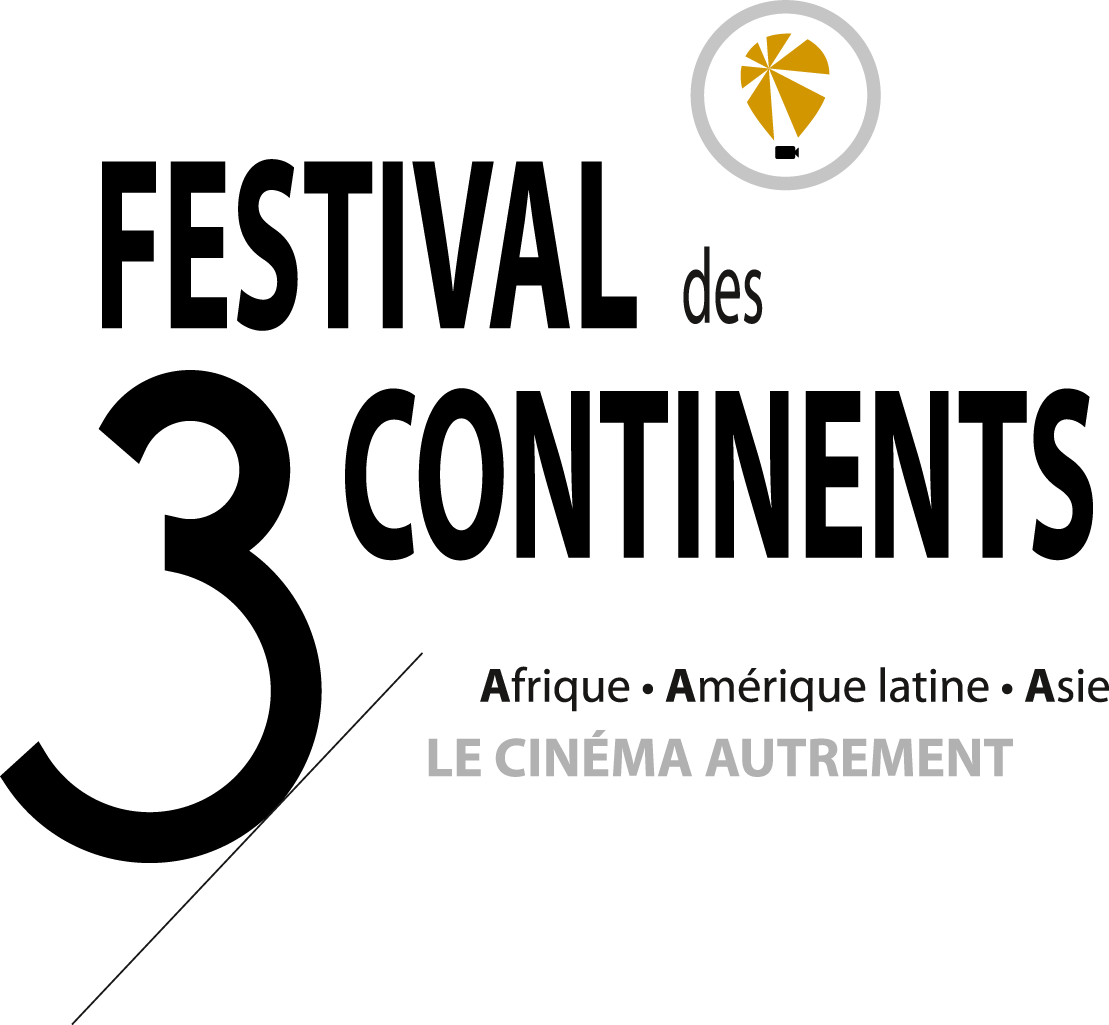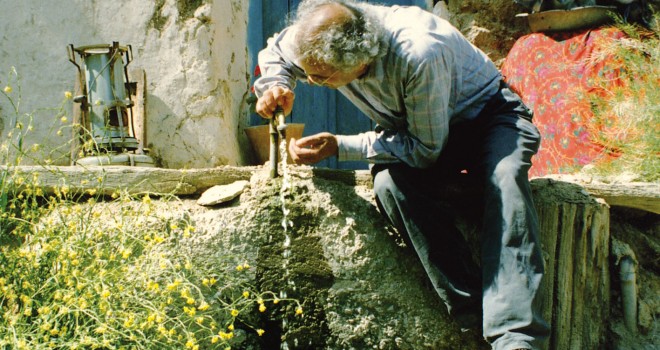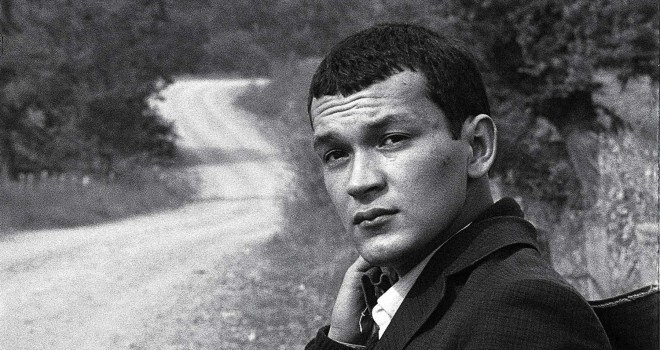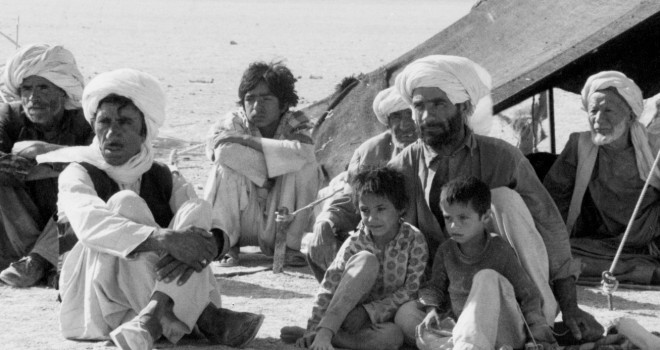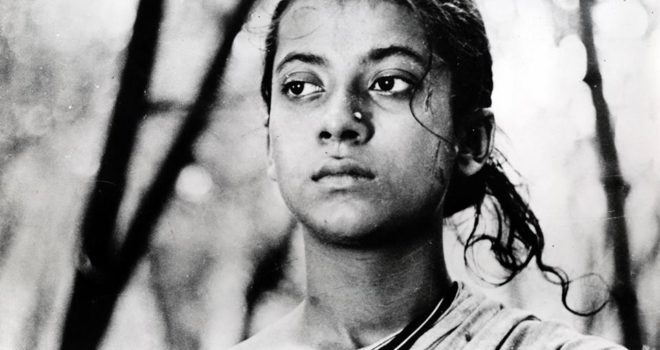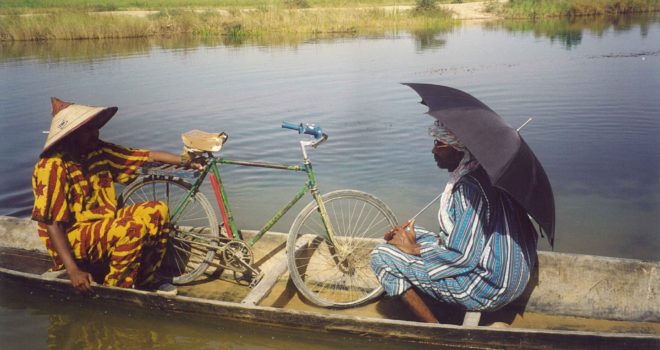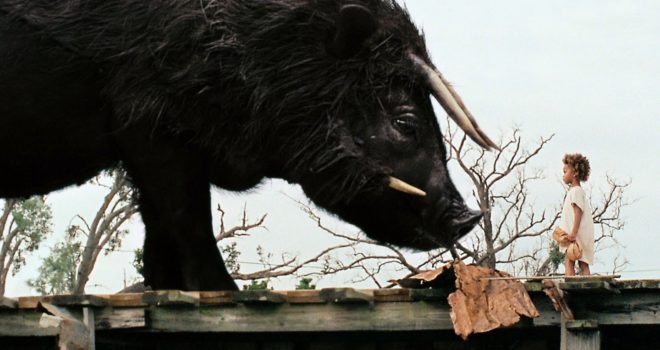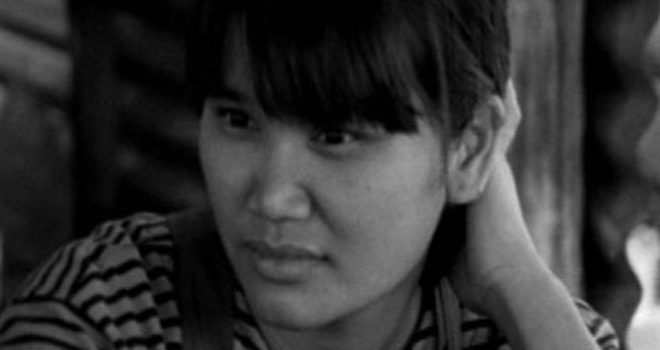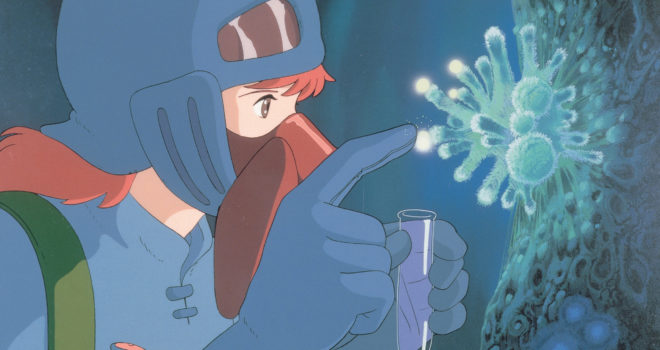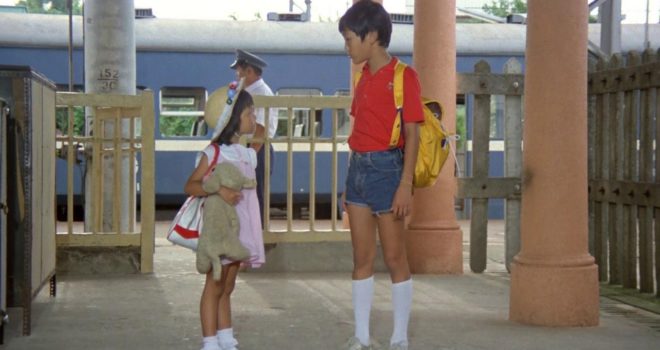In 1954, writer, poet and storyteller Miguel Torga gave a conference in Brazil called “The universal is the local without walls”. Starting from this aphorism, Torga, attached to the cultural specificity of Portugal, its language and his home region, Tràs-Os-Montes, transcends localism to reflect on identity, heritage, landscape and gestures. For him, these are – as else- where on Earth – the mirrors of a physical, moral, social and imaginary reality, the foundations of a culture where each individual finds the origins of their self- awareness, the potential value of exchange and experience-sharing. Torga’s vision captures the apparent limits of daily life (eating, working, socialising) and this framework of sometimes age-old particularities by placing them on the plane of an irreducible universality: wherever people come from, they eat, work, speak and act. This they have in common although each language, place, gesture and inclusion may appear to be a full-fledged singularity, a space of recognition and belonging for some, signs of strangeness for others. What we have in common (our world and human condition) is thus returned to the multifaceted reality of life, of social organisations, of geographic and historical environments, and the ways we have of integrating and expressing our relationship to the world.
In naming this programme A Place on Earth we were probably tempted to take Torga’s expression quite literally and put the ever accelerating speeds of planetary massification on hold to look at things within the moments of time that cinema forges, those that it invents to restore our world to its dimensions and human beings to their own presence. This is doubtless what determined our choice.
After many long months of confinement, the wish to have a film theatre tear down walls is surely paradoxical. We are nonetheless convinced that, in this venue, we can create a map whose breadth of space and time will resist the obstruction that our gazes have experienced. What characterises art is still its ability to open the way towards some possible futures, and we are taking this opportunity as a reminder that underlying our desire for cinema slumbers a likely unconscious yearning to become a cartographer, a taste for an intuitive, sensitive and living geography that summons up emotions and thoughts. Among the countless immobile journeys to which films invite us, the cinema proposes a very special kind of linkage between here (always somewhere else) and else- where (now within the reach of cinema). In front of us, the film unfolds in the present leaving memories and questions, without our even being aware of it.
The subjective path that the films in this programme trace is undergirded by a certain community of motifs, signs and, at times, spirit, although the films differ from one another in the variety of aesthetic intentions. And as sure as we cannot choose the place or time of our birth, these films, quite naturally, are as unknown to one another as the lives they illuminate. Yet, between these points on the map, these intersections, rhymes and echoes is an invisible imaginary line tracing affinities, linking places, characters, gestures, their worries and desires. From the United States to Mexico, from Mali to Turkey, passing through India as far as Taiwan and Japan, children (often at the centre), adults nearby, or else animals (turtles of all sizes, cows sometimes skinny, a lost calf, goats, birds, extinct species, a chicken whose heart beats like a man’s, cats, stray dogs), ways of learning, living and transmitting, all through a prism that encompasses in turn a village community, a certain relationship to time, to a nourishing earth, and a succession of postures (walking, running, waiting, playing, recounting, dreaming).
While the films stand on their own, we want to believe that their characters, each from their own location, can turn their head to the skies and see the same star without realizing it and, reassured by its presence, find a common bond through the same ground and the same sky. This unsuspected communion of movements, gazes and expectations almost took us by surprise. And while it in no way eases the only too present causes for our concern (the environmental emergency and our societies’ difficulties to fight and politically curb economic and climate injustices and their harmful consequences), these films are like a song that restores the full poetic vibration of our presence on Earth. Each has their language, their cinema, each shows and gives voice to the delicate babbling of a world that is fundamentally ours.
Jérôme Baron
